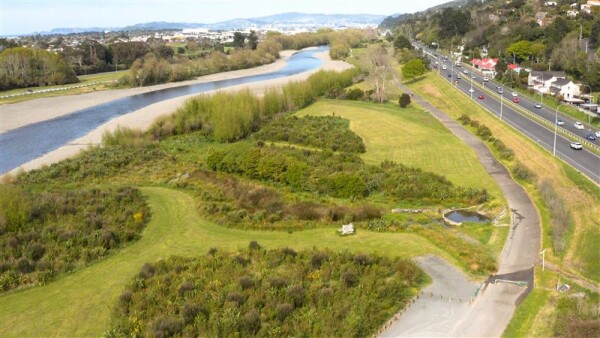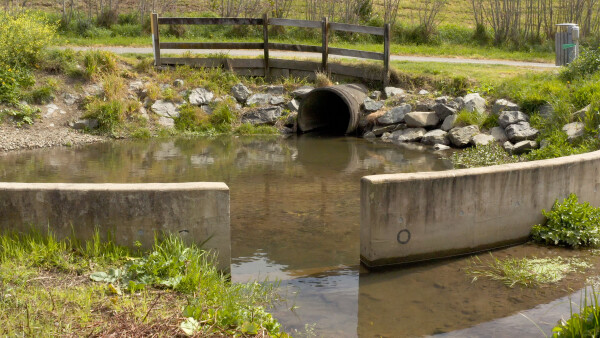In the Wellington region, we have a number of different types of wetlands which are home to different ecosystems. The species you might find in a wetland depends on many factors. These include whether it is coastal or inland freshwater, water flow, how long the water stays in the area, the depth, temperature, and what sediments and nutrients are in it.
Wetlands in the Wellington Region
There are only around 3 percent of wetlands remaining in the Greater Wellington Region. Many of our remaining wetlands continue to be under pressure from the impacts of land use and plant and animal pests.
Wetland species are adapted to cope with change. Periods of high wind, dry summers, and the constant ebb and flow of water are conditions that must be endured by all species that live there. However, plant and animal pests, clearing of plants, and the drainage of wetlands for land use are changes that these species cannot cope with. The few wetlands that remain are now isolated and fragmented, and many wetland plants and animals are now threatened with extinction.
In 2020, Wairarapa Moana was recognised as an area of international significance under the Ramsar convention. The Wairarapa Moana Wetlands Project is a joint initiative between Greater Wellington Regional Council, the Department of Conservation, South Wairarapa District Council, Kahungunu ki Wairarapa and Rangitāne o Wairarapa Inc.
Check out the Wairarapa Moana Wetlands website for information on visiting, and what makes this place so special.
Wetland news
Threats to wetlands
Wetlands, and the species that exist within them, face many pressures. Careful management of wetlands can decrease the effects of certain threats, including:
Types of wetland
Types of wetlands that can be found in our region include:
Get in touch
- Phone:
- 0800496734
- Email:
- info@gw.govt.nz


